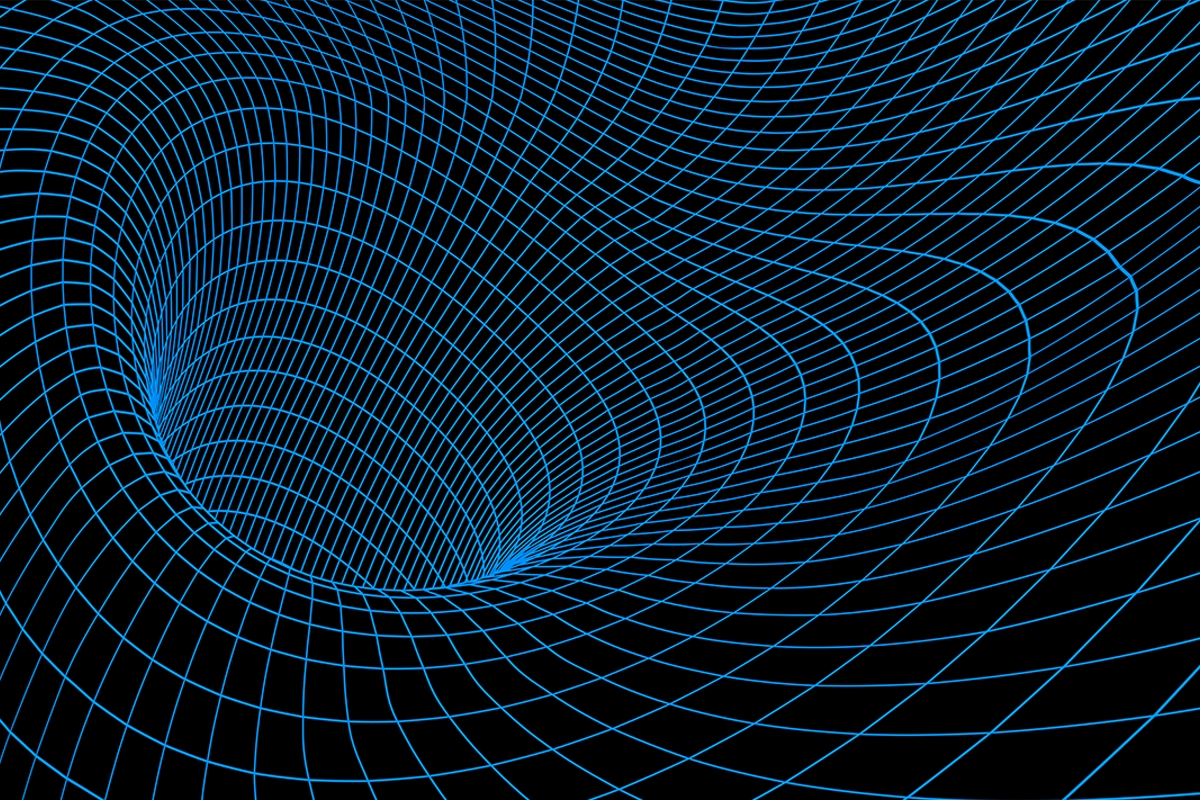The Indian Ocean is home to a unique “gravity hole” — a zone where Earth’s gravitational pull is notably less potent, its mass is shallow, and the sea level plunges by over 328 feet (100 meters). This perplexing phenomenon has left scientists scratching their heads for years. Still, researchers from the Indian Institute of Science in Bengaluru, India, believe they’ve uncovered a plausible cause: deep-seated magma plumes similar to those that give birth to volcanoes.
In pursuit of this theory, the research team harnessed supercomputers to recreate potential formation scenarios, tracing back to 140 million years ago. Detailed in a recent publication in Geophysical Research Letters, their findings hinge on the existence of an ancient, now-vanished ocean.
A Vanished Ocean and Earth’s Shape
Many of us imagine Earth as a flawless sphere, but reality paints a different picture.
“Earth is more akin to a lumpy potato,” explained study co-author Attreyee Ghosh, a geophysicist and associate professor at the Centre for Earth Sciences of the Indian Institute of Science. “In truth, it’s not a perfect sphere but an ellipsoid due to the bulging at the equator as the planet rotates.”
Ghosh added that Earth’s density varies, causing some regions to be denser than others — a factor that influences Earth’s surface and gravity. “When water is poured on Earth’s surface, it settles into what’s known as a geoid — its level dictated by the density differences inside the planet, which attract the surface differently based on the underlying mass,” she explained.
Officially termed the Indian Ocean geoid low, the “gravity hole” is the lowest point on this geoid and its most substantial gravitational anomaly. It forms a circular depression beginning just off India’s southern coast and spans around 1.2 million square miles (3 million square kilometres). Discovered by Dutch geophysicist Felix Andries Vening Meinesz in 1948 during a maritime gravity survey, the anomaly has remained enigmatic.
“It is the largest dip in the geoid and hasn’t been adequately explained,” stated Ghosh.
Using computer models, Ghosh and her team dialled back the geological clock by 140 million years to propose an explanation. “We have some confidence about Earth’s appearance back then,” she added. “The continents and oceans were located differently, and the density structure was dissimilar.”
From this historical standpoint, the team ran 19 simulations up to the current era, re-enacting the shifting tectonic plates and magma behaviour within the mantle — Earth’s thick layer sandwiched between the core and crust. In six scenarios, a geoid low akin to the Indian Ocean’s emerged.
All six successful models featured magma plumes around the geoid low. Ghosh reasoned that these plumes, alongside nearby mantle structures, could be the architects of the “gravity hole.” In simulations where these plumes were missing, no geoid low occurred.
These plumes stemmed from the disappearance of an ancient ocean as the Indian landmass shifted and eventually fused with Asia millions of years ago. “India was geographically very different 140 million years ago, with an ocean separating the Indian plate and Asia. As India migrated northward, this ocean vanished, and the Asian gap closed,” she clarified. As the oceanic plate submerged into the mantle, it could have incited the plume formation, ushering low-density material toward Earth’s surface.
The Future of the Geoid Low
According to the team’s calculations, the geoid low took shape around 20 million years ago. Its future, however, is uncertain.
“It hinges on the movement of Earth’s mass anomalies,” said Ghosh. “It might persist for a very long time, or plate movements could cause its eventual disappearance — perhaps several hundreds of millions of years into the future.”
Huw Davies, a professor at Cardiff University in the UK, who was not part of the study, deemed the research “certainly intriguing” and capable of further investigation into this topic.
Dr. Alessandro Forte, a University of Florida geology professor who was also unaffiliated with the study, supported using computer simulations to unravel the origins of the Indian Ocean geoid low. He viewed this study as a step up from previous attempts, which only simulated the descent of cold materials across the mantle, overlooking the role of rising mantle plumes.
However, Forte highlighted some shortcomings in the study’s methodology, including the failure to replicate the significant mantle plume that erupted under Réunion Island 65 million years ago. He also noted discrepancies between the geoid predicted by the computer simulation and the actual one.
Ghosh acknowledged these limitations, stating that not every conceivable factor can be included in the simulations due to uncertainties about Earth’s historical conditions. “There may be some discrepancies in how the plates moved over time,” she said. “However, we believe the overall reason for this geoid low is quite apparent.”
The study conducted by Ghosh and her team illuminates a new understanding of the Indian Ocean’s “gravity hole,” providing plausible insights into its origins and possible future. While certain areas remain uncharted, the research lays a foundation for future investigations, potentially offering more profound insights into Earth’s geological history complexities. As we continue to explore and uncover the planet’s many mysteries, such studies remind us of our home world’s tremendous diversity and ever-evolving nature.







